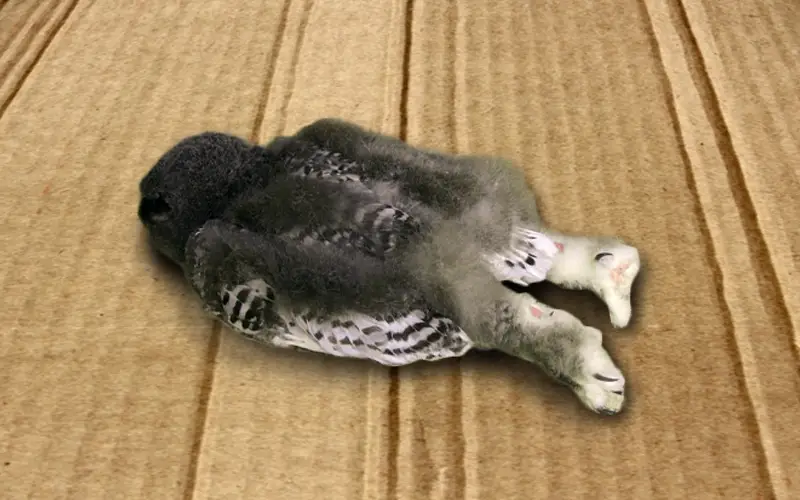| Torvosaurus spp. |
| Posted by: DinoFan83 - 08-27-2020, 08:09 PM - Forum: Dinosaurs - Replies (1) |
| Mugger crocodile (Crocodylus palustris) |
| Posted by: Bitishannah - 08-27-2020, 06:46 PM - Forum: Aquatic Animals and Amphibians - Replies (17) |
| Mahi mahi (Coryphaena hippurus) pictoral | ||||
| Posted by: DinoFan83 - 08-27-2020, 08:36 AM - Forum: Wildlife Pictures and Videos Gallery - No Replies | ||||
|
||||
| Megalosaurus bucklandii |
| Posted by: DinoFan83 - 08-16-2020, 06:33 PM - Forum: Dinosaurs - Replies (1) |
| Snow leopard conservation center. | ||||
| Posted by: raachotreks - 08-16-2020, 10:20 AM - Forum: Leopard - Replies (2) | ||||
|
||||
| Cartoons & Comics | ||||
| Posted by: Rishi - 08-12-2020, 08:21 PM - Forum: Miscellaneous - No Replies | ||||
|
||||
| Wild and Feral Horses: Studies, Pictorial and Information |
| Posted by: Balam - 08-07-2020, 09:29 AM - Forum: Herbivores Animals - Replies (16) |
| Baby Owl sleep by lying down and face down | ||||
| Posted by: scilover - 08-04-2020, 03:04 PM - Forum: Aquatic Animals and Amphibians - No Replies | ||||
|
||||
| Megalodon | ||||
| Posted by: scilover - 07-26-2020, 09:24 PM - Forum: Aquatic Animals and Amphibians - Replies (16) | ||||
|
||||
| Data mapping & Remote sensing | ||||
| Posted by: Rishi - 07-21-2020, 09:40 AM - Forum: Research, Discoveries & Articles - Replies (1) | ||||
|
||||
| Welcome, Guest |
|
You have to register before you can post on our site. |
| Search Forums |
|
(Advanced Search) |
| Forum Statistics |
|
» Members: 3,007 » Latest member: Mbiri boy » Forum threads: 1,234 » Forum posts: 184,669 Full Statistics |
| Online Users |
|
There are currently 475 online users. » 1 Member(s) | 474 Guest(s) BA0701 |
| Latest Threads |
|
Birmingham Pride of lions
Last Post: |
|
Who are they?
Last Post: |
|
Prides of the Masai Mara
Last Post: |
|
Lions of Manyeleti
Last Post: |
|
Coalitions of Kruger Nati...
Last Post: |
|
Cheetah Reintroduction in...
Last Post: |
|
Avoca Male Lions and Thei...
Last Post: |
|
Captive Lion and Tiger we...
Last Post: |
|
Talamati/Msutlu Pride
Last Post: |
|
Lion tales
Last Post: |
|
Lions ID's
Last Post: |
|
Plains Camp Males
Last Post: |
|
Lions from Botswana
Last Post: |
|
Lions of Sabi Sands
Last Post: |
|
Great white shark (Carcha...
Last Post: |








